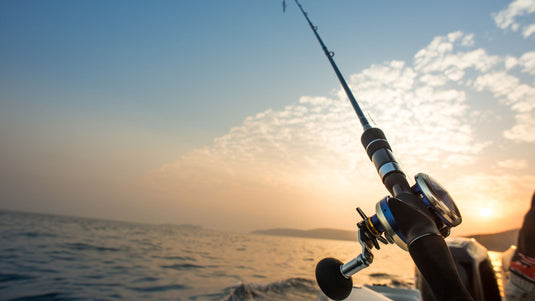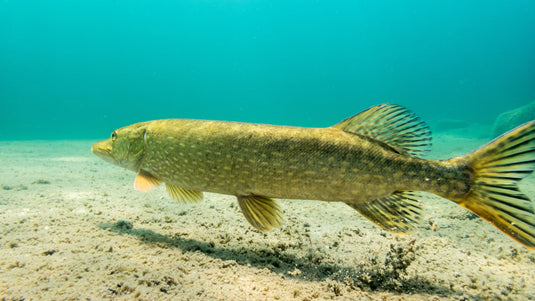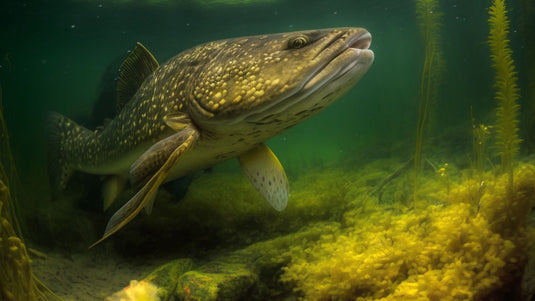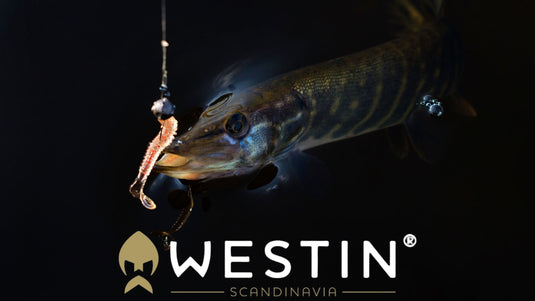Deadbait Fishing Tackle: A Comprehensive Guide for Anglers
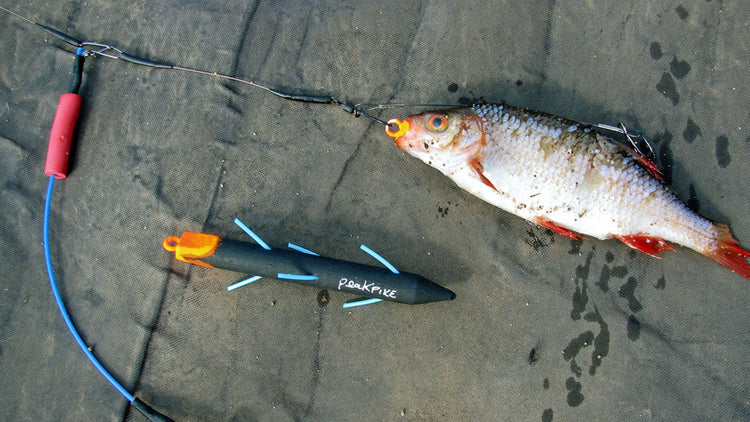
Deadbait Fishing Tackle
Deadbait fishing is an exciting and effective method for targeting predatory fish like pike, zander, and catfish. While choosing the right deadbait is crucial, having the right tackle can make or break your fishing experience. This guide will walk you through the essential deadbait fishing tackle and how to use it effectively to maximize your success.
Why Specialized Tackle Matters for Deadbait Fishing
Deadbait fishing often targets large, powerful predators, requiring robust and reliable gear. From rods and reels to traces and hooks, each piece of equipment plays a vital role in ensuring a successful catch. Using the right tackle not only improves your chances of landing a big fish but also enhances your ability to handle them ethically and efficiently.
Essential Deadbait Fishing Tackle
1. RodsDeadbait fishing rods are designed to handle the weight of heavy baits and powerful fish. When selecting a rod, consider the following:
- Length: A rod between 11–13 feet offers good casting distance and leverage.
- Power: Choose a rod with a test curve of 2.75–3.5 lbs for optimal strength and sensitivity.
- Action: A medium or medium-fast action rod provides a good balance of casting power and bait control.
Top Tip: A shorter rod (around 10 feet) can be advantageous for boat fishing or in confined spaces.
2. Reels
A strong and reliable reel is essential for deadbait fishing. Two main types are commonly used:
- Baitrunner Reels: These allow the line to spool freely when a fish takes the bait, reducing resistance and encouraging bites.
- Big-Pit Reels: Designed for long-distance casting, they’re ideal for large lakes or bodies of water.
Look for reels with a smooth drag system and a high line capacity to handle the power of predatory fish.
3. LineThe right fishing line is critical for deadbait fishing, as it needs to withstand the strength of big fish and the abrasion from underwater obstacles.
- Mainline: Use a braided or monofilament line with a breaking strain of 15–30 lbs. Braided lines are preferred for their strength and sensitivity.
- Wire Trace: Always use a wire trace (20–30 lbs breaking strain) to prevent sharp-toothed predators like pike from cutting through your line.
For deadbait fishing, trebles are commonly used due to their ability to securely hold the bait. Opt for high-quality, sharp hooks in sizes 4 to 8.
- Single Hooks: A good alternative for catch-and-release fishing, reducing damage to the fish.
- Semi-Barbless Hooks: These offer a balance between secure hooking and ease of removal.
Ensure your hooks are attached to the wire trace using strong crimps or swivels.
5. Floats and Weights
Deadbait rigs often require a combination of floats and weights to position your bait effectively.
- Floats: Use large, buoyant floats for visibility and to suspend your bait at the desired depth. Pencil floats and slider floats are popular choices.
- Weights: Ledger weights or lead-free alternatives keep your bait anchored. Adjust the weight based on water conditions and bait size.
6. Rigs
The rig you choose should suit your fishing environment and target species. Popular rigs for deadbait fishing include:
- Float-Ledger Rig: Combines a float and a weight, allowing the bait to remain stationary at a set depth.
- Paternoster Rig: Keeps your bait off the bottom and is particularly effective in flowing water.
- Running Ledger Rig: A simple and versatile rig that works well in still water.
Ensure your rigs include a quick-release clip for easy hook changes.
Optional Accessories
1. Baiting Tools
- Bait Needles: Help you thread deadbait onto hooks or rigs.
- Bait Elastic: Secures soft or fragile baits like sardines to the hook.
2. Landing Net
A large, sturdy landing net with a deep mesh is essential for safely landing big fish.
3. Unhooking Mat
Protect the fish during unhooking by using a padded, waterproof mat.
4. Forceps or Pliers
Essential for safely removing hooks from the mouths of predators.
5. Bite Alarms
Bite alarms are a valuable addition, alerting you to subtle takes, especially in low-light conditions.
Maintenance and Safety Tips
- Inspect Your Tackle: Regularly check for signs of wear, especially on hooks, lines, and traces.
- Use Quality Components: Invest in high-quality gear to reduce the risk of failure during a fight.
- Follow Regulations: Some areas have restrictions on hook types or wire traces, so always adhere to local laws.
- Handle Fish Responsibly: Use proper tools and techniques to minimize stress and injury to the fish.
Final Thoughts
Deadbait fishing is a thrilling and rewarding way to target predatory species, but having the right tackle is crucial for success. By investing in quality rods, reels, and other gear, you’ll not only improve your chances of landing big fish but also enhance your overall angling experience. Whether you’re fishing in a serene lake or a bustling river, the right equipment ensures you’re prepared for anything that bites.
Equip yourself properly, and you’re one step closer to landing your next trophy catch. Tight lines!







